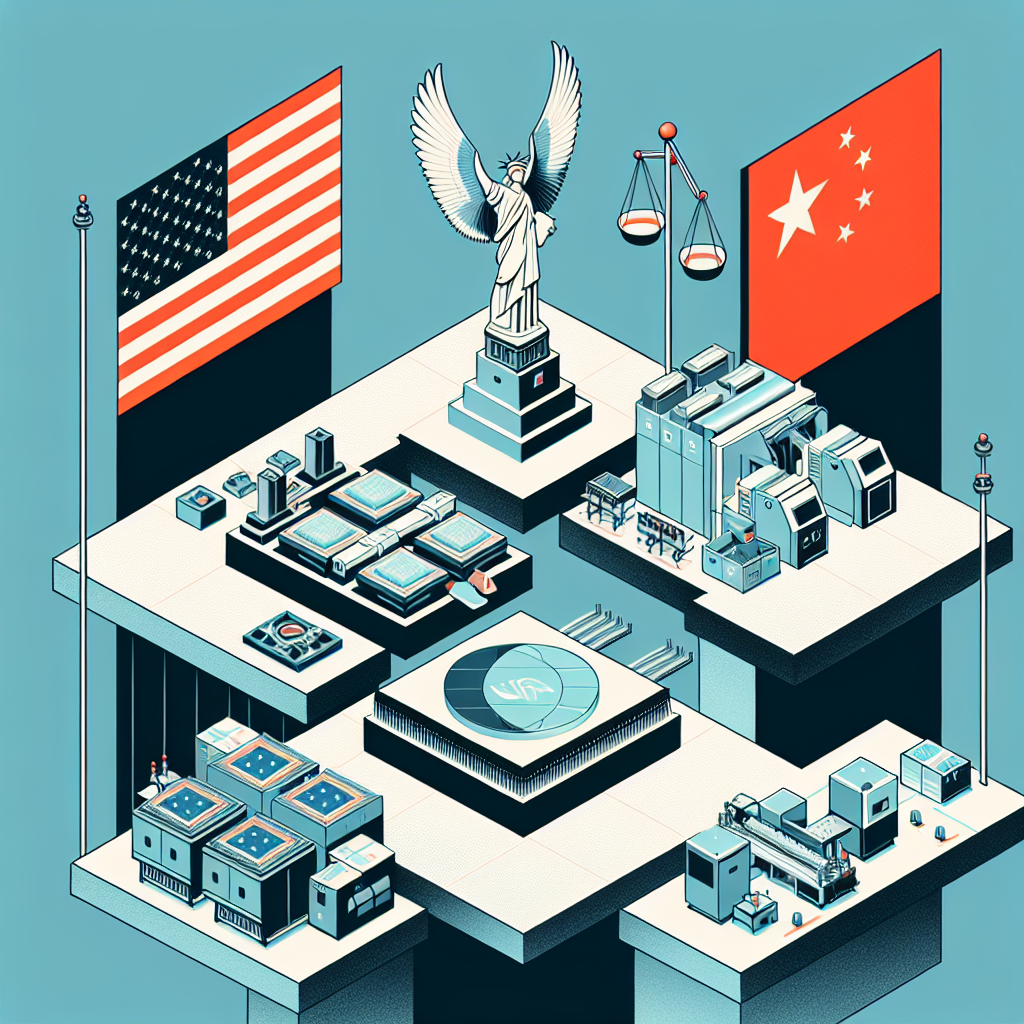US Pushes Japan on Semiconductor Export Controls Amidst US-China Chip War

The Growing Tensions in the US-China Chip War
The ongoing chip war between the United States and China has seen a new chapter unfold as US officials have targeted Japan in their efforts to curb the sale of semiconductor manufacturing equipment to China. Recently, a House Select Committee wrote to the Japanese Ambassador calling for stricter controls, highlighting the geopolitical stakes in the advanced manufacturing sector.
US Leverages Diplomatic Channels
Leading US representatives, John Moolenaar and Raja Krishnamoorthi, head of the House Committee on the Chinese Communist Party, are urging Japan to take decisive action in restricting semiconductor equipment sales to China. They emphasize the importance of multilateral export controls and warn of possible unilateral actions should negotiations falter. This could include tightening the Foreign Direct Product Rule, which requires US export licenses for any chipmaking tools manufactured with American technology.
Economic and Security Considerations
The United States, alongside Japan and the Netherlands, hold a dominant position in the technology required for semiconductor production. However, the drive for enhanced multilateral export controls has led to concern among participants about the economic implications for their local industries. While proponents argue such restrictions are necessary for national security, the economic impact remains a sticking point. This tension is exemplified by the Dutch technology giant ASML, which has revised downward its sales expectations due to reduced demand from China following tightened export rules.
Potential Impact on Global Semiconductor Production
The letter from US representatives to Japan also notes the strategic positioning undertaken by China, attempting to leverage international technology to potentially dominate global semiconductor manufacturing capacity in the coming decades. As highlighted by industry analysis from TrendForce, China's internal production is predicted to double within the next five to seven years, reflecting its ambitions to lessen dependency on foreign chips amidst the tightening noose of US policies.
What Lies Ahead?
As the semiconductor sector finds itself at the nexus of global trade and national security dynamics, these developments point to heightened geopolitical risk and the persistent tension between economic priorities and security strategies. The pressure on Japan exemplifies the broader strategic maneuvers that countries are employing in the face of evolving technological landscapes. Companies and governments will likely continue navigating these complexities as they balance market opportunities against national interest imperatives in the semiconductor industry.




